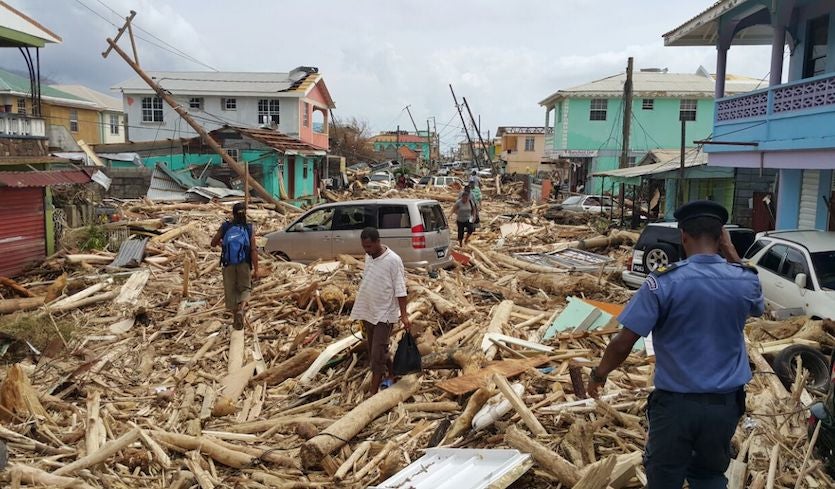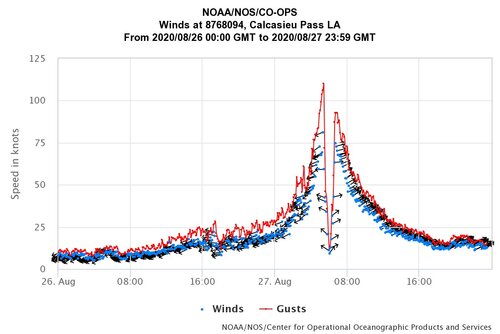Bob Schafer
EF5
Warren, are you posting a report of your chase anywhere?
There are some jawdropping helicopter videos on YouTube. Is it becoming uncool to use the word epic? Anyway, here's one I saw today that is making me compare this to Andrew. Watch it at full HD and full screen:
(4) 8-27-2020 Hurricane Laura helicopter video of Cameron, La aftermath - YouTube
There are some jawdropping helicopter videos on YouTube. Is it becoming uncool to use the word epic? Anyway, here's one I saw today that is making me compare this to Andrew. Watch it at full HD and full screen:
(4) 8-27-2020 Hurricane Laura helicopter video of Cameron, La aftermath - YouTube


